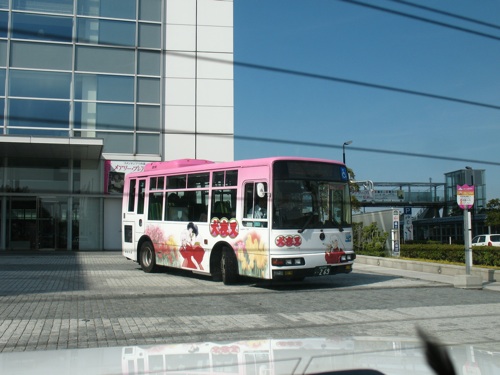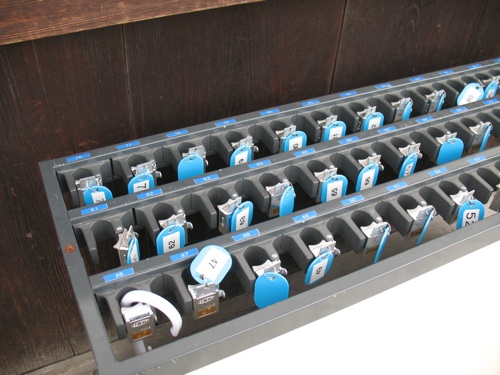On our trip to Japan, we visited three main areas: Kyoto and surroundings, Niigata and surroundings, and Tokyo. We started in Kyoto, which was the capital of the country for about 1000 years before the government relocated to Kyoto in 1868. It has a large number of temples and other historic structures. There are city policies in place to limit development, and it was not extensively bombed by the U.S. during WWII, so there are still some pre-war neighborhoods standing.
Our hostel was located pretty close to the central train station, which made it pretty convenient for exploring the city. We primarily walked and used the bus, and used the local trains to get to outlying sights. There’s also a subway system.
On the first two days we were there, we mainly went sightseeing along the eastern edge of town- the Higashiyama area. Kyoto is surrounded on three sides by mountains, and naturally many of the temples and older neighborhoods are snuggled up against the hills. I’m sure this helps in the summer, when it supposedly gets really hot and humid.
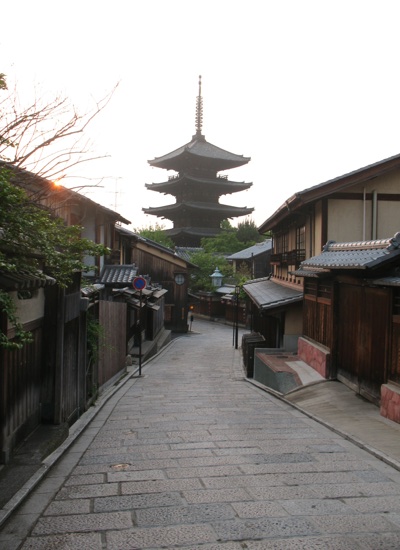
On the first day, we went sightseeing in southern Higashiyama (actually, this is the part of the mountain range within the actual Higashiyama district). Since this was our arrival day, we basically walked- both to get a feel for the area and because we were a bit too tired to make elaborate logistical decisions. One of the things that is really helpful when getting oriented in a new city is actually walking around- one of the reasons I think New York’s always seemed so disorienting to me is that we’ve always spent a lot of time traveling on the subway. It’s just hard to get your bearings when you have no sense of the spatial relationships where you are. And on this trip, we did a lot of walking.
We visited two big Buddhist temples, Sanjūsangen-dō and Kiyomizu-dera. The main deity of Sanjūsangen-dō is the “Thousand-armed Kannon,” a bodhisattva associated with compassion. We couldn’t take photos within the primary temple hall, which holds a giant statue of Kannon, plus 1,000 (!) smaller Kannon statues and about two dozen statues of various gods and bodhisattvas.
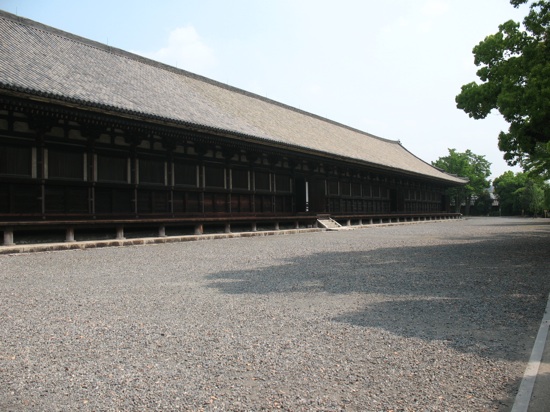
This was our first introduction to the crowds of schoolchildren that we’d consistently see at every major temple or tourist site.
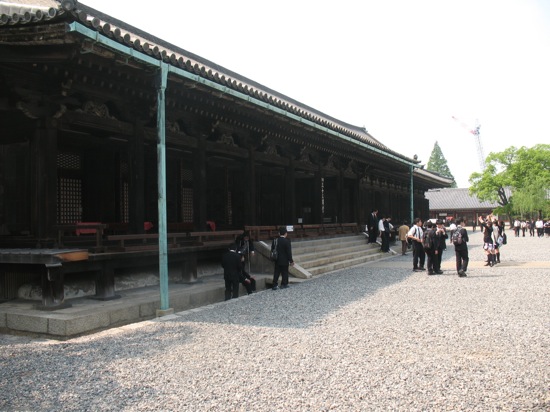
Kiyomizu-dera is a large complex that’s linked to a waterfall and stream. It’s known for its steep veranda, and it took a bit of a walk to get there. There was an anti-nuclear power protest going on when we got there. This was a pretty significant issue because of the Fukushima reactor meltdown in 2011.
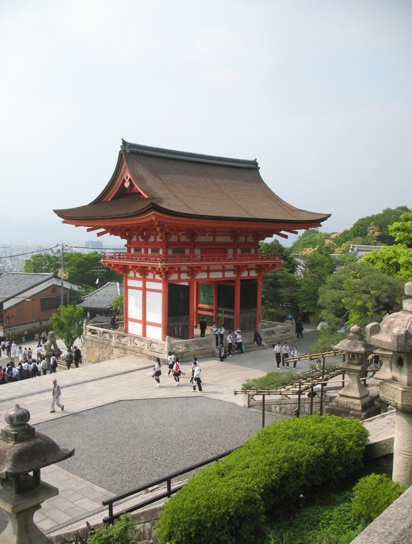
While at Kiyomizu-dera, we realized that we hadn’t brought our daypack…and therefore had no way to carry our umbrellas (which we’d left in the hotel room anyway). Luckily, there were plenty of shops on the way down the hill, and we found a cute bag that was a good size for a daypack.
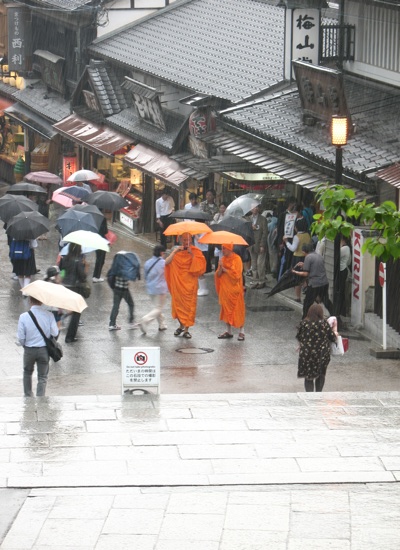
We also did some wandering around in the well-preserved historic area in Higashiyama, unfortunately after a lot of the shops had closed for the evening. It was a pretty walk, though.
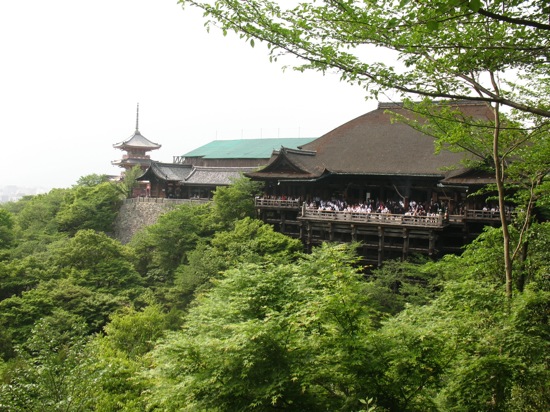
On our second day in Kyoto, we took the bus to Ginkaku-ji, the Silver Pavilion. This is a Zen Buddhist temple that contains a famous pavilion and sand garden. The moonlight reflecting off the central sand cone is used for moon-viewing ceremonies.
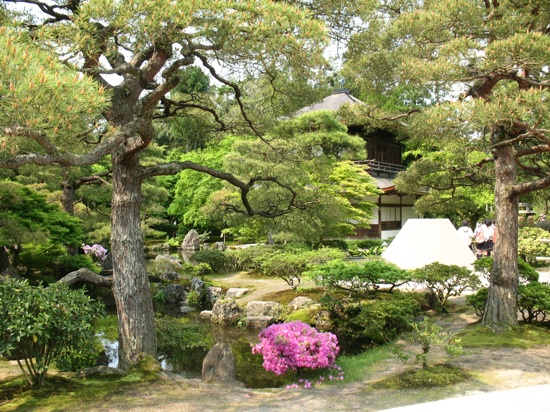
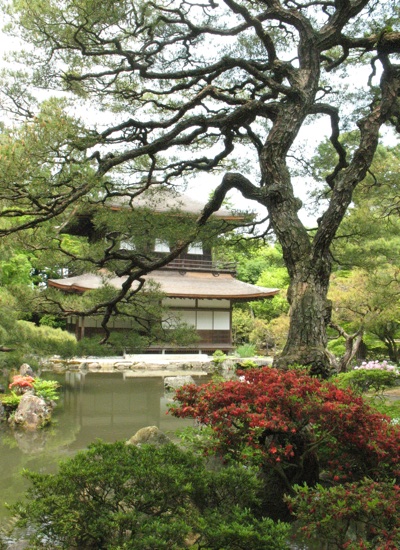
After sampling some green tea ice cream and custard, we headed south along the Philosopher’s Path. This was a nice walk through a residential neighborhood that went along a canal.
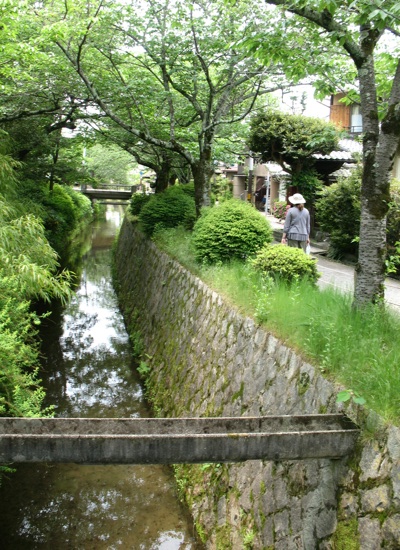
The southern end of the Philosopher’s Path is pretty close to another large Buddhist temple complex, Nanzen-ji. One of the temples on the grounds is the primary temple of the Rinzai Zen Buddhist sect.
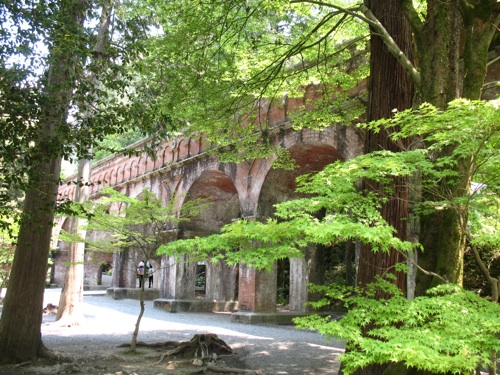
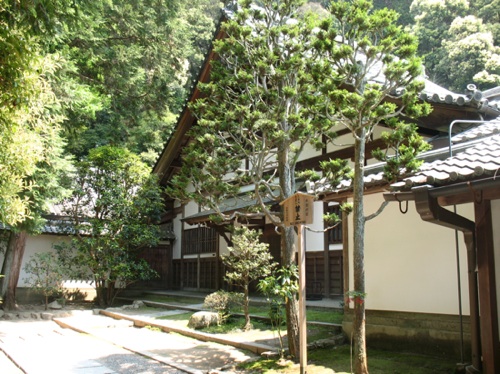
This ended up being a major walking day for us, and a big impetus to buy a bus pass the next day. We were pretty footsore by the end of the day, and decided not to visit the Gion district (the traditional entertainment district) just yet. Though we did make it back there in the evening a few days later.
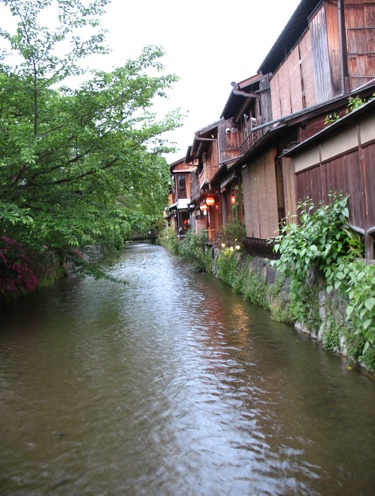
Gion is also very atmospheric, though it definitely has more of a mix of modern buildings than Higashiyama. It comes complete with a lot of bars- hostess and otherwise- but this is part of the traditional character of the area, in a way.
Overall, the Higashiyama area in general (and that’s loosely including the northern area that’s not technically part of the district, as well as Gion) probably had the highest density of temples and shrines and just general traditional atmosphere of any of the places we visited on our trip.
